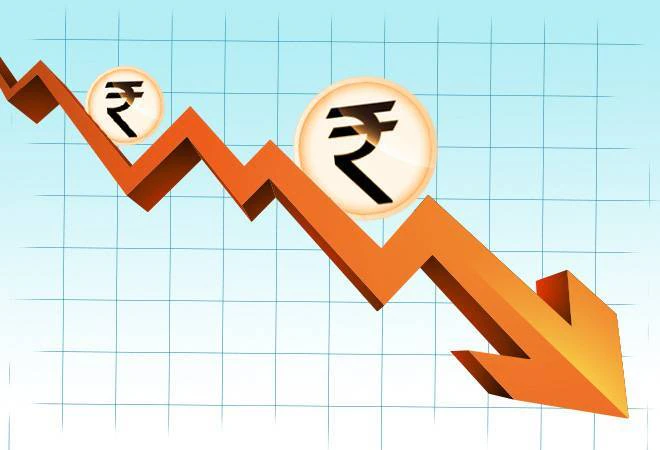Balance of Payment
Context:RBI showed that India’s current account registered a surplus of 0.6% of GDP during the fourth quarter (Jan-Mar) of the 2023-24 financial year. This was the first time in 11 quarters that India had witnessed a surplus.
More in News:
The country’s Current Account Deficit (CAD) decreased to 0.7 percent of GDP, or $23.2 billion in FY24, down from 2 percent of GDP, or $67 billion, in FY23.

Reasons for Current account surplus inQ4FY24 :
- FDI and FPIs saw a net inflow in the quarter after registering a net outflow in the same period a year ago leading to higher Factor Income(Profit/dividend due to FDI/FPI).
- Net services receipts increased by 4.1% YoY in Q4 owing to a rise in the exports of software, travel and business services.
- Merchandise trade deficit in Q4 stood at $50.9 billion, lower than $52.6 billion seen in Q4FY23.
- Non-resident deposits saw a net inflow of $5.4 billion in Q4, higher than the $3.6 billion seen in the same period a year ago.
- Remittances by Indians employed overseas, which factors in under private transfer receipts, saw a 11.9 per cent YoY increase to $32 billion.
Factors affecting Current Account:
- Trade Imbalances: Occur when a country imports more goods and services than it exports.
- Economic Policies: Expansionary fiscal or monetary policies can increase imports and reduce savings, worsening the deficit.
- Exchange Rates: A strong domestic currency can make imports cheaper, boosting demand and contributing to the deficit.
Consequences of a Current Account Deficit:
- Dependency on Foreign Financing: Persistent deficits may lead to reliance on foreign capital inflows, resulting in debt accumulation and vulnerability to external shocks.
- Currency Depreciation: Ongoing deficits can put downward pressure on the domestic currency, making imports more expensive and potentially causing inflation.
- Economic Instability: Large and persistent deficits can signal economic imbalances, raising investor concerns, potentially increasing borrowing costs, and reducing investment.
Steps to Address Current Account Deficit:
- Export Promotion: Encouraging domestic industries to produce goods and services for export to improve the trade balance.
- Schemes like Merchandise Exports from India Scheme (MEIS) and Service Exports from India Scheme (SEIS) provide incentives to exporters.
- Import Substitution: Promoting domestic production of goods that are currently imported to reduce reliance on foreign goods.
- Import substitution of 60% has been achieved in the Telecom sector and sales of Telecom & Networking Products by PLI beneficiary companies in FY 2023-24 increased by 370% vis-a-vis Base Year (FY 2019-20).
- Gold Monetization Scheme (GMS): Reducing the import of gold by encouraging households and institutions to deposit their gold with banks.
- Fiscal and Monetary Policies: Adopting policies that encourage savings and investment, control inflation, and stabilise exchange rates to reduce external imbalances.
- Structural Reforms: Implementing reforms to enhance competitiveness, increase productivity, and attract foreign investment to address the underlying causes of the deficit in the long term.

Balance of Payment
According to the RBI, the balance of payments of a country is a systematic record of all economic transactions between the residents of a country and the rest of the world in a financial year.
Component of BOP
- Current account :Deals in those transactions which do not alter Indian Resident’s assets or liabilities e.g. dividend from buying share abroad does not change asset/liability hence part of current account.
- Generally India suffers from Current account deficit owing to higher trade deficit(high oil import).
- Capital Account:This account is a record of the inflows and outflows of capital that directly affect a country’s foreign assets and liabilities.eg.buying share in foreign land changes asset/liability and hence part of capital account.
- Mostly in surplus due to high FDI/FPI in India along with large NRI deposits
Forex Reserve=Overall BOP= Current A/C Balance +Capital A/C Balance
Eg for FY24
Forex reserve (64 Billion USD)=Overall BOP(64 Billion USD)=Current A/C Balance(-23 Billion USD ie deficit)+Capital A/C Balance (86 Billion USD ie surplus)



